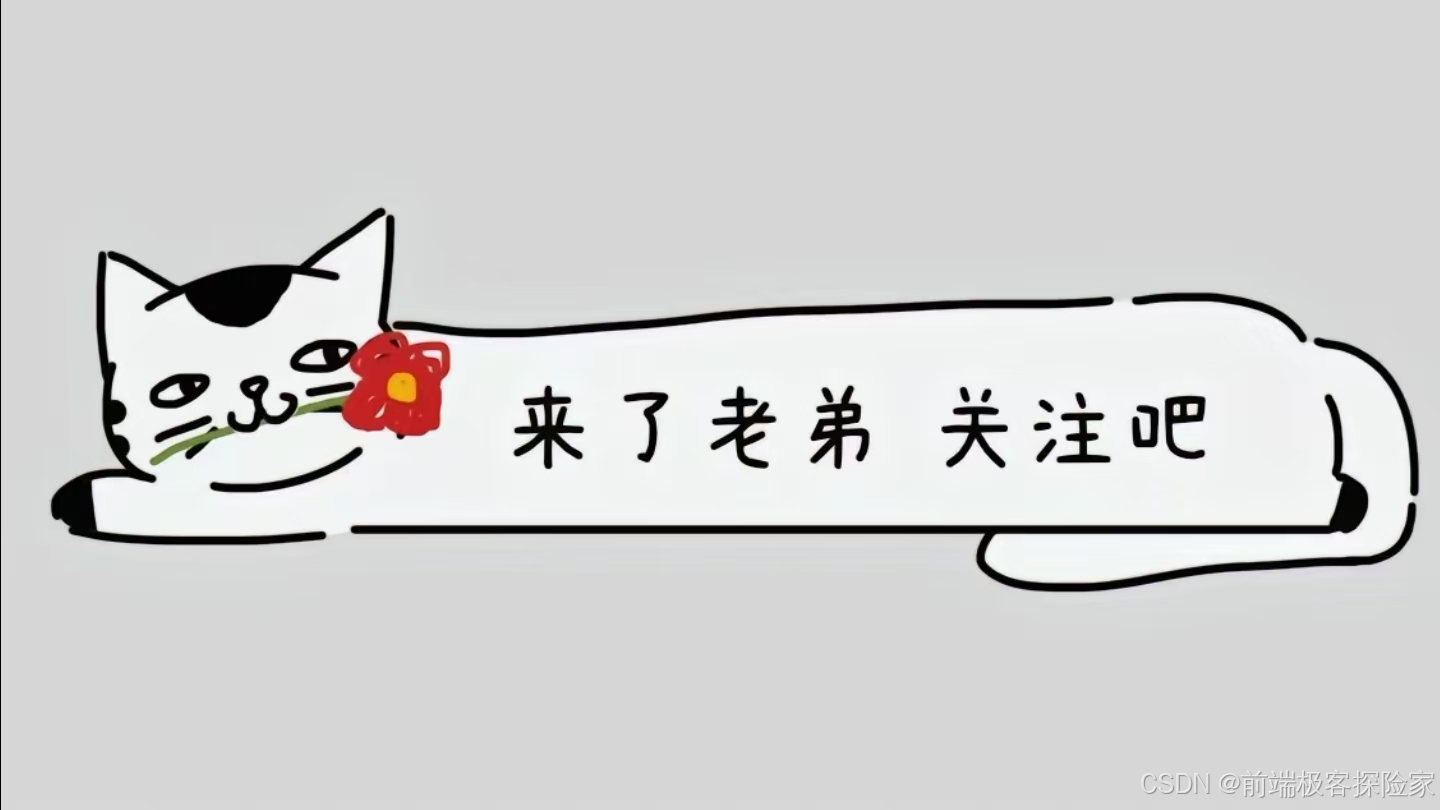目录
- 一、微信小程序是什么
-
- [1.1 核心优势](#1.1 核心优势)
- 二、项目结构与开发环境
-
- [2.1 项目结构总览](#2.1 项目结构总览)
- [2.2 安装与初始化步骤](#2.2 安装与初始化步骤)
- 三、核心开发语法与实战示例
-
- [3.1 页面配置与跳转](#3.1 页面配置与跳转)
- [3.2 数据绑定与事件响应](#3.2 数据绑定与事件响应)
- [3.3 条件和循环渲染](#3.3 条件和循环渲染)
- 四、自定义组件与模块化开发
-
- [4.1 创建组件](#4.1 创建组件)
- [4.2 公共工具模块](#4.2 公共工具模块)
- 五、常用功能实现(含完整代码)
-
- [5.1 图片上传功能](#5.1 图片上传功能)
- [5.2 TabBar 设置](#5.2 TabBar 设置)
- [5.3 获取用户信息(授权登录)](#5.3 获取用户信息(授权登录))
- [5.4 调用第三方接口](#5.4 调用第三方接口)
- 六、云开发入门(CloudBase)
-
- [6.1 初始化云环境](#6.1 初始化云环境)
- [6.2 使用云函数](#6.2 使用云函数)
- 七、小程序上线流程
- 八、总结与推荐资源
一、微信小程序是什么
微信小程序是一种基于微信生态的轻量级应用形态,用户无需下载安装即可使用,满足"用完即走"的理念。它适用于电商、政务、工具、服务等多种场景。
1.1 核心优势
- 微信生态流量支持,获取用户成本低
- 跨平台支持 iOS/Android
- 快速开发 + 云开发支持
- 页面切换快、体验流畅
二、项目结构与开发环境
2.1 项目结构总览
txt
my-app/
├── pages/ // 页面目录
│ └── index/ // 首页页面
│ ├── index.wxml
│ ├── index.wxss
│ ├── index.js
│ └── index.json
├── app.js // 全局 JS 逻辑
├── app.json // 全局配置
├── app.wxss // 全局样式
└── project.config.json // 工程配置2.2 安装与初始化步骤
- 下载 微信开发者工具
- 注册并申请小程序账号
- 创建项目并关联 appID
- 熟悉调试工具和云开发面板
三、核心开发语法与实战示例
3.1 页面配置与跳转
在 app.json 中配置页面路径:
json
{
"pages": [
"pages/index/index",
"pages/about/about"
]
}跳转页面示例:
js
wx.navigateTo({
url: '/pages/about/about'
})3.2 数据绑定与事件响应
WXML 模板语法:
html
<input value="{{username}}" bindinput="onInput" />
<text>{{username}}</text>对应 JS 逻辑:
js
Page({
data: {
username: ''
},
onInput(e) {
this.setData({ username: e.detail.value })
}
})3.3 条件和循环渲染
wxml
<view wx:if="{{isLogin}}">欢迎回来</view>
<view wx:for="{{users}}" wx:key="id">{{item.name}}</view>四、自定义组件与模块化开发
4.1 创建组件
组件结构和页面类似,需添加 component.json:
json
{
"component": true
}组件逻辑(component.js):
js
Component({
properties: {
title: String
},
methods: {
handleClick() {
this.triggerEvent('tap', { msg: 'clicked' })
}
}
})在页面中使用:
wxml
<my-button title="点击按钮" bindtap="onBtnTap" />4.2 公共工具模块
创建 utils/util.js:
js
function formatDate(date) {
return date.toISOString()
}
module.exports = {
formatDate
}引入使用:
js
const util = require('../../utils/util.js')
util.formatDate(new Date())五、常用功能实现(含完整代码)
5.1 图片上传功能
页面结构:
html
<button bindtap="chooseImage">上传图片</button>
<image src="{{imgUrl}}" mode="widthFix" />逻辑代码:
js
Page({
data: {
imgUrl: ''
},
chooseImage() {
wx.chooseMedia({
count: 1,
mediaType: ['image'],
success: res => {
const filePath = res.tempFiles[0].tempFilePath
wx.uploadFile({
url: 'https://api.example.com/upload',
filePath,
name: 'file',
success: result => {
const data = JSON.parse(result.data)
this.setData({ imgUrl: data.url })
}
})
}
})
}
})5.2 TabBar 设置
json
"tabBar": {
"list": [
{
"pagePath": "pages/index/index",
"text": "首页",
"iconPath": "icons/home.png",
"selectedIconPath": "icons/home-active.png"
},
{
"pagePath": "pages/profile/profile",
"text": "我的",
"iconPath": "icons/user.png",
"selectedIconPath": "icons/user-active.png"
}
]
}5.3 获取用户信息(授权登录)
js
wx.getUserProfile({
desc: '展示用户信息',
success: res => {
console.log(res.userInfo)
}
})5.4 调用第三方接口
js
wx.request({
url: 'https://api.example.com/data',
method: 'GET',
success(res) {
console.log('数据:', res.data)
}
})六、云开发入门(CloudBase)
6.1 初始化云环境
js
wx.cloud.init({
env: 'your-env-id'
})6.2 使用云函数
调用方式:
js
wx.cloud.callFunction({
name: 'getData',
data: { id: 123 },
success(res) {
console.log(res.result)
}
})云函数代码(cloudfunctions/getData/index.js):
js
exports.main = async (event, context) => {
return {
status: 200,
data: {
id: event.id,
msg: '云函数返回数据'
}
}
}七、小程序上线流程
- 微信开发者工具 → 检查无报错
- 点击上传,提交版本至微信后台
- 后台填写版本描述,提交审核
- 审核通过后发布上线
八、总结与推荐资源
本教程涵盖了微信小程序从初始化到核心功能实战的开发流程,适合前端开发者和入门小程序的新手。
推荐资源:
- 官方文档:https://developers.weixin.qq.com/miniprogram/dev/
- 云开发文档:https://developers.weixin.qq.com/miniprogram/dev/wxcloud/basis/getting-started.html
- 微信小程序社区:https://developers.weixin.qq.com/community/
到这里,这篇文章就和大家说再见啦!我的主页里还藏着很多 篇 前端 实战干货,感兴趣的话可以点击头像看看,说不定能找到你需要的解决方案~
创作这篇内容花了很多的功夫。如果它帮你解决了问题,或者带来了启发,欢迎:
点个赞❤️ 让更多人看到优质内容
关注「前端极客探险家」🚀 每周解锁新技巧
收藏文章⭐️ 方便随时查阅
📢 特别提醒:
转载请注明原文链接,商业合作请私信联系
感谢你的阅读!我们下篇文章再见~ 💕
